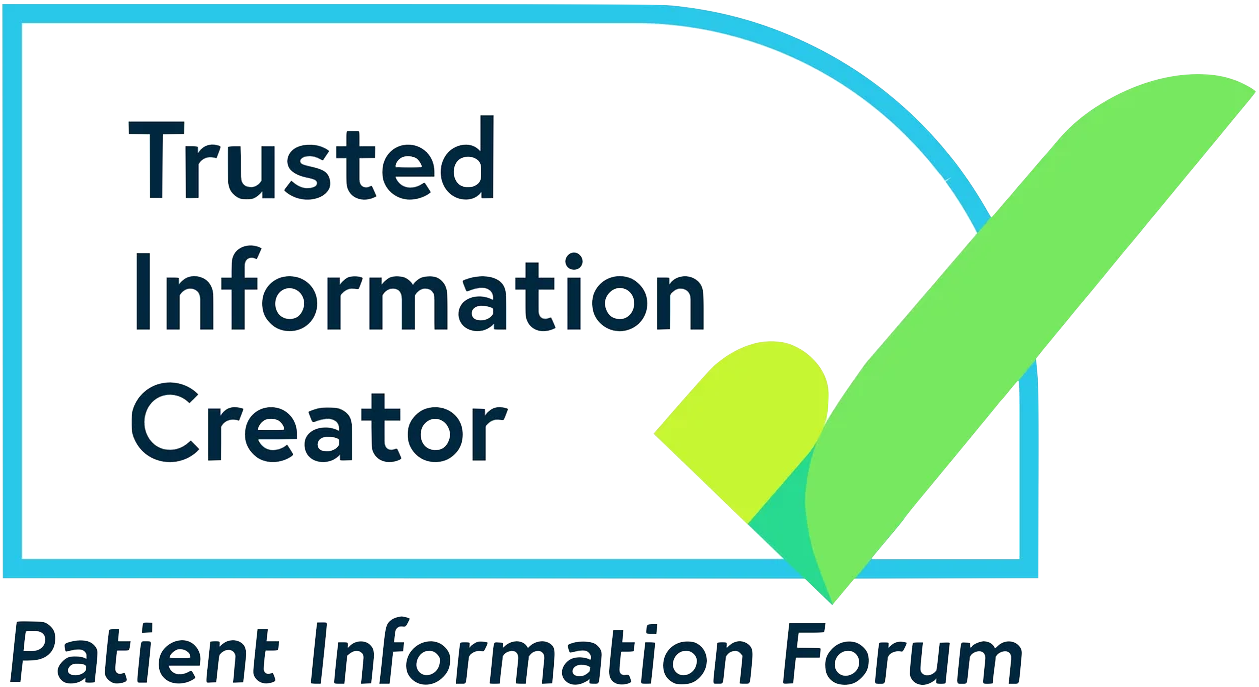Absence seizure first aid
Someone having an absence seizure is not conscious for a few seconds and isn’t aware of what is happening. They will stop doing whatever they were doing before it started. They are unlikely to fall down, unless they lose their balance.
Absence seizures can be very hard to spot, and it might look like the person is daydreaming or ‘switching off’.
They might blink, or have slight jerking movements of their body, arms or legs. They won’t know what is happening around them and they can’t be brought out of it.
Absences can happen one after another. Some people have hundreds of absence seizures a day. They may be more common when the person is falling asleep or waking up.
How to help
- Gently guide the person away from any danger (especially if they are having repeated absences)
- Stay with them until they are fully recovered
- Be calm and reassuring
- Explain anything they may have missed
Other advice
It’s important that you don’t hold the person down or move them unless they are in danger. You shouldn’t try to bring them round, and never give them anything to eat or drink until they are fully recovered.
Medical help
As absence seizures are very short, people usually recover straight away and are able to carry on with what they were doing. They would only need medical help or to go to A&E if they have badly injured themselves.
If someone has had a first absence seizure, they might not need medical help at the time. But they should make an appointment to see a doctor who can decide if any tests or a referral to a specialist are needed. We have more information on our diagnosis page.
Sign up for the latest updates from Epilepsy Action
"*" indicates required fields

